Photo caption: University of Canterbury (UC) Civil and Natural Resource Engineering Professor Derek Warner, alongside his research partners, has developed a method for faster and cheaper fatigue testing for materials in cars, ships and planes.
Te Whare Wānanga o Waitaha | University of Canterbury (UC) Civil and Natural Resource Engineering Professor Derek Warner, alongside his research partners, has developed a method for faster and cheaper fatigue testing for materials in cars, ships and planes with the goal of reducing the risks without increasing the budget.
Fatigue testing is the process repeatedly straining material to see how it responds, just like bending a paperclip back and forth until it snaps to understand its limitations – right now this testing is incredibly costly and time consuming for New Zealand.
“Currently around a third of your plane ticket can go into maintenance, and a lot of that maintenance is preventative. This isn’t glamorous work, but for a remote country that is reliant on travel it’s important as it can help save money and time,” says Professor Warner.
The new method enables the independent loading of many materials simultaneously, meaning researchers can test up to 50 samples at once, saving significant costs and time.
“If we can do, for example, 100 fatigue tests rather than two, this gives a much better prediction of the 1/1000 worst case scenario,” says Professor Warner.
He says most current designs, operating envelopes, and maintenance schedules are conservative, due to the lack of available test data. However, some are not conservative enough, meaning there may be a real undiscovered safety risk.
“We don’t want planes falling out of the sky, but having a highly conservative design and maintenance schedules is very expensive.
“An improved system to test material fatigue has huge potential to disrupt an otherwise slow and costly process, improving efficiency and enabling innovation and flexibility in the materials science sector,” Professor Warner says.
“This method is especially relevant to New Zealand. Faster and less expensive testing will address future supply chain issues where a potential material substitution could be of benefit. Similarly, the adoption of recycled materials and new technologies such as metal 3D printing and repair techniques would benefit.”
Currently much of Aotearoa New Zealand’s product testing occurs offshore, but the new method would allow for this industry to be brought back. “Alongside potential cost savings it could be a lucrative commercial opportunity in New Zealand and globally.”
“Despite there being extensive test programmes with many specimens, engineers always want more. The more volume we test, the greater chance of uncovering the unknown. This could be in the form of a melt-related anomaly, a process anomaly, or some rare microstructural configuration leading to life-limiting behaviour,” Professor Warner says.
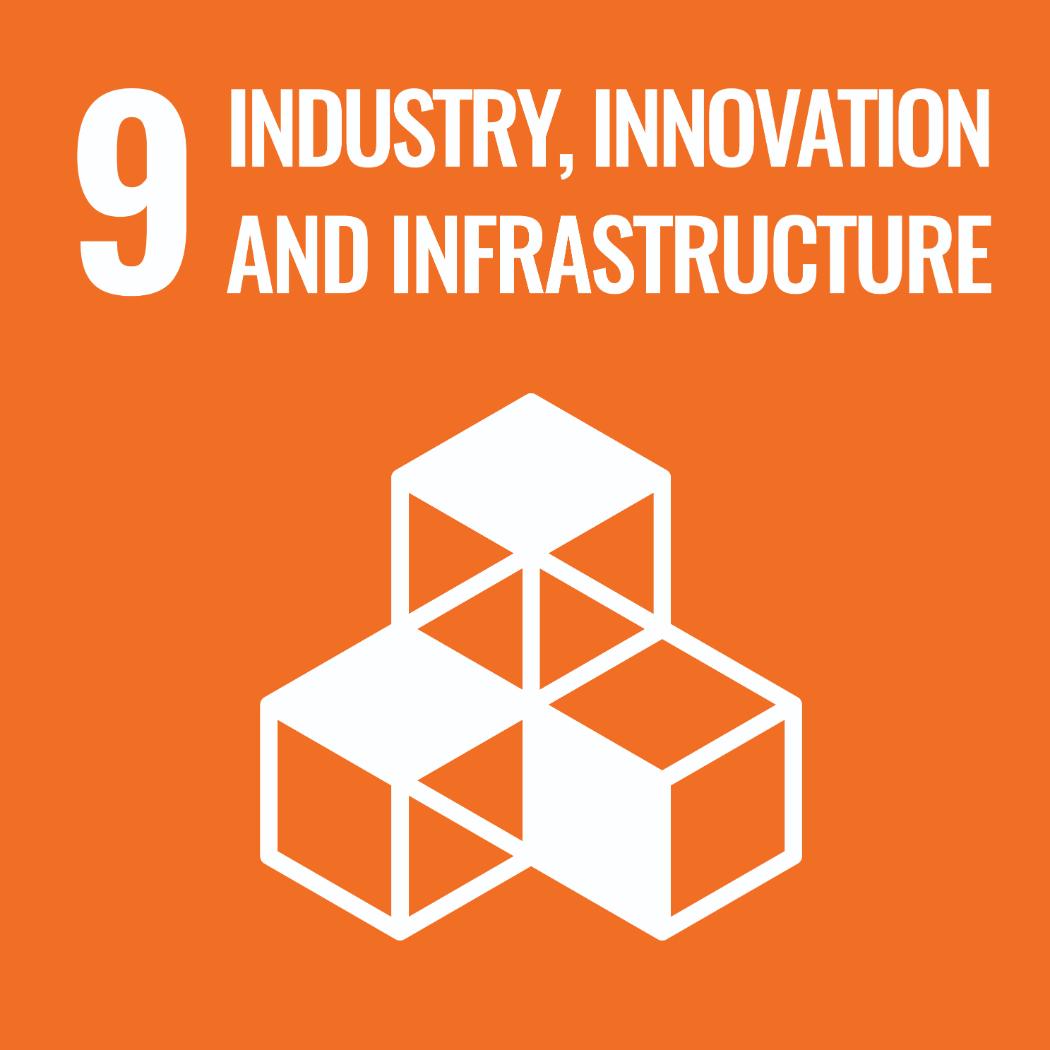 Sustainable Development Goal (SDG) 9 - Industry, innovation and infrastructure.
Sustainable Development Goal (SDG) 9 - Industry, innovation and infrastructure.


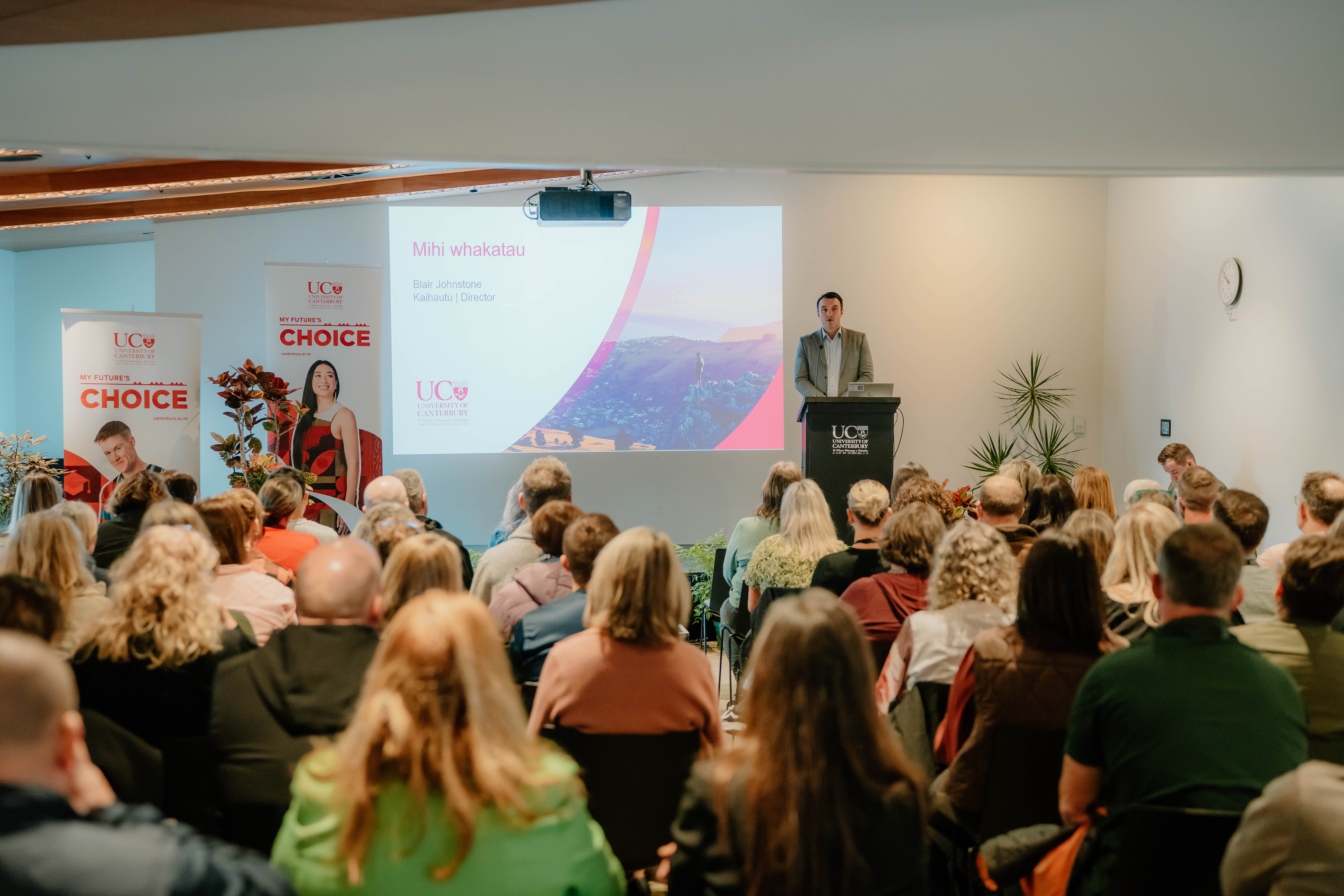
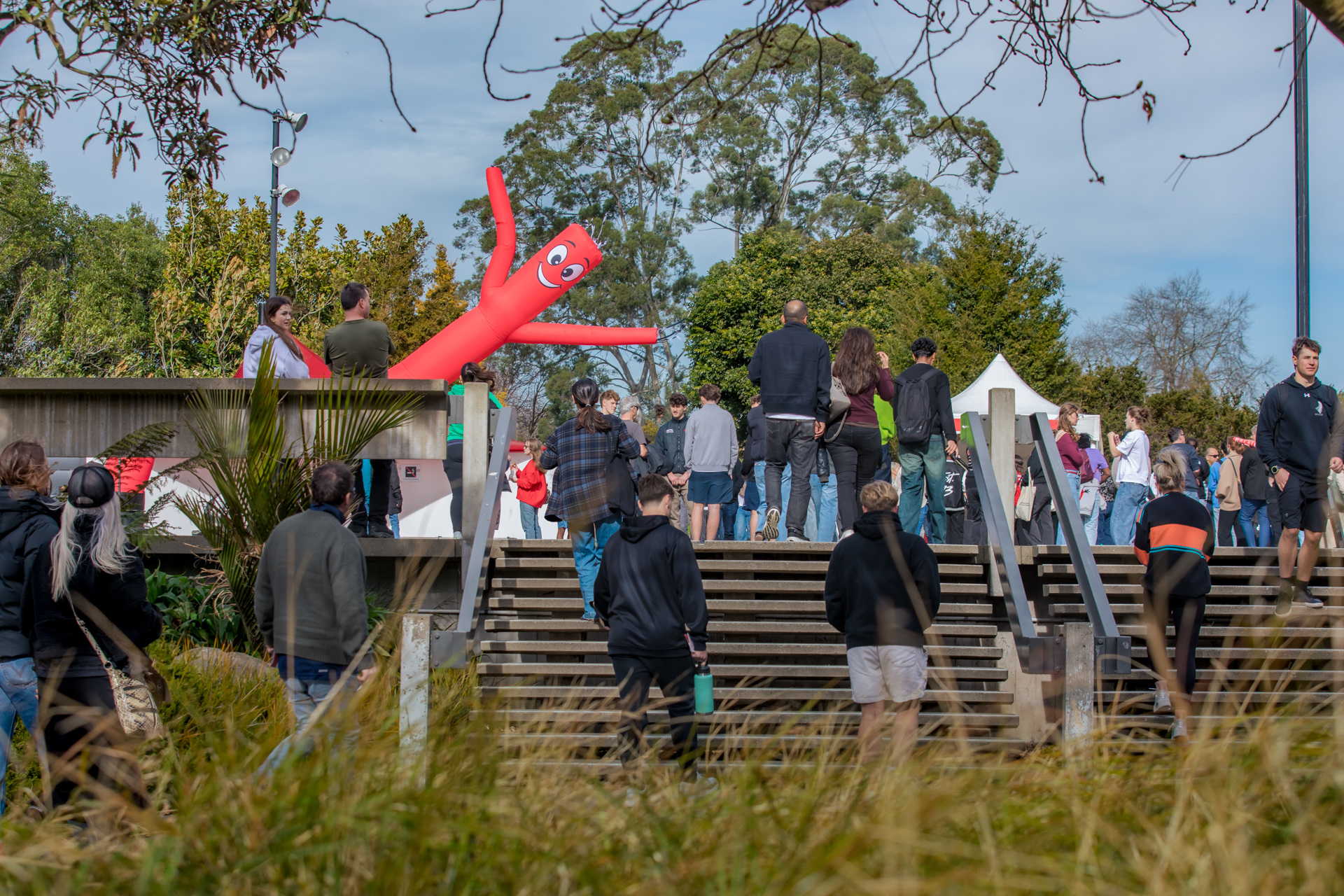
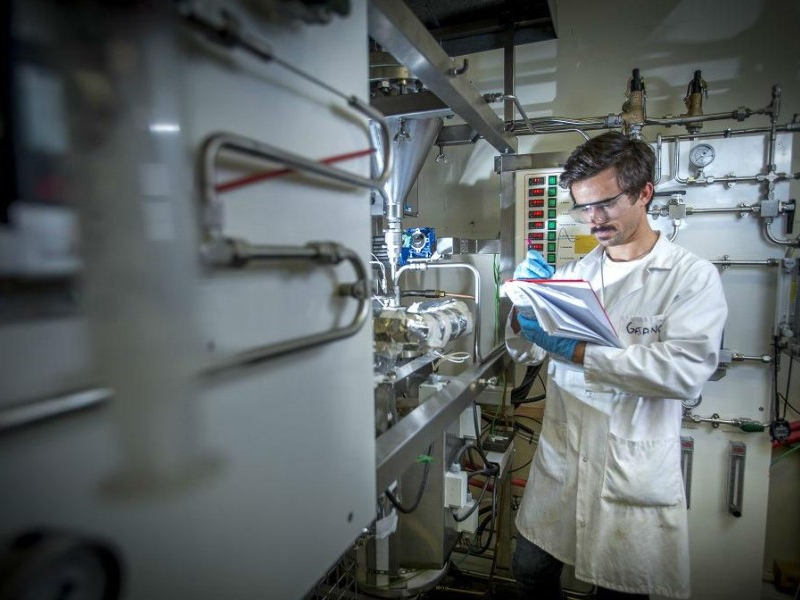
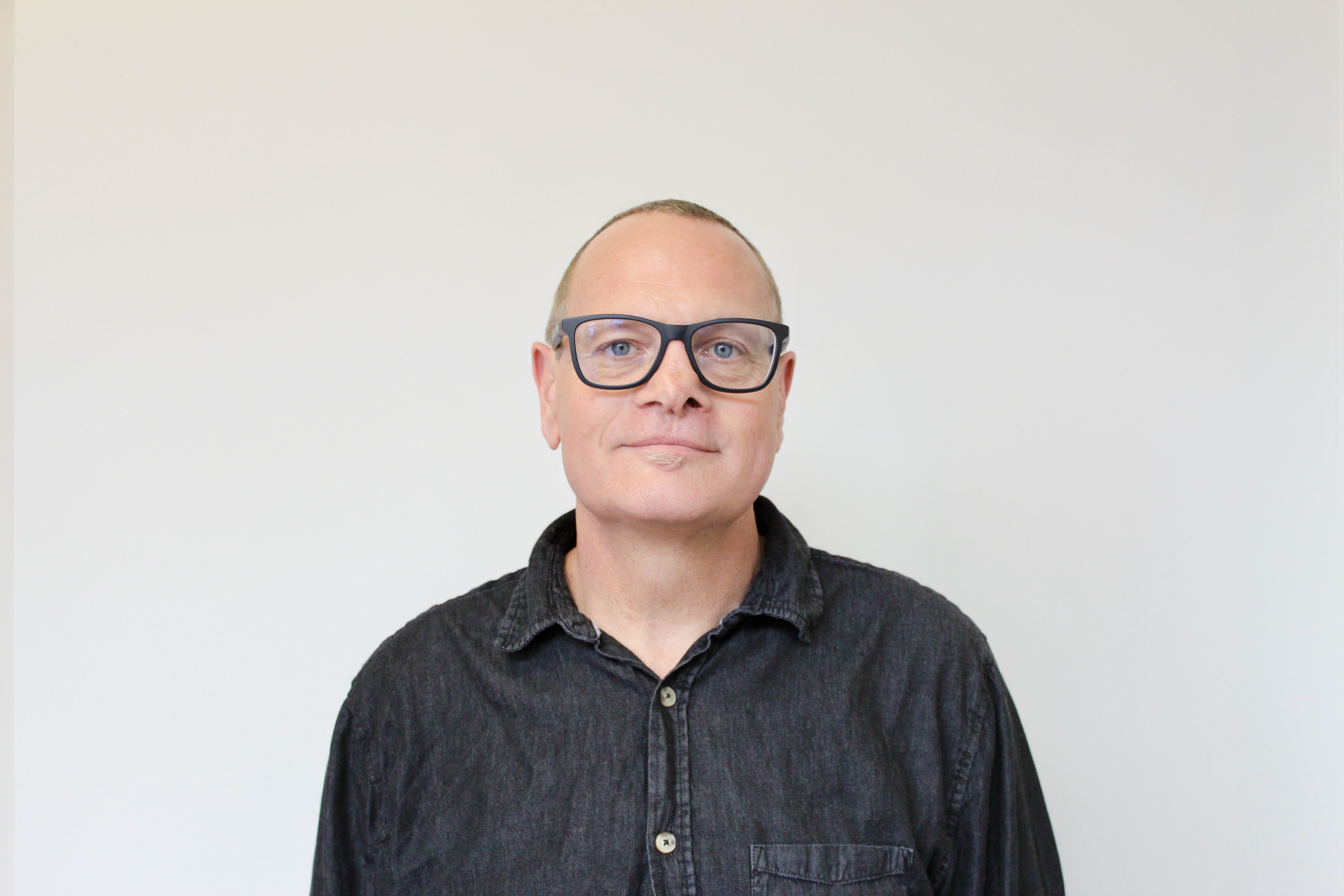
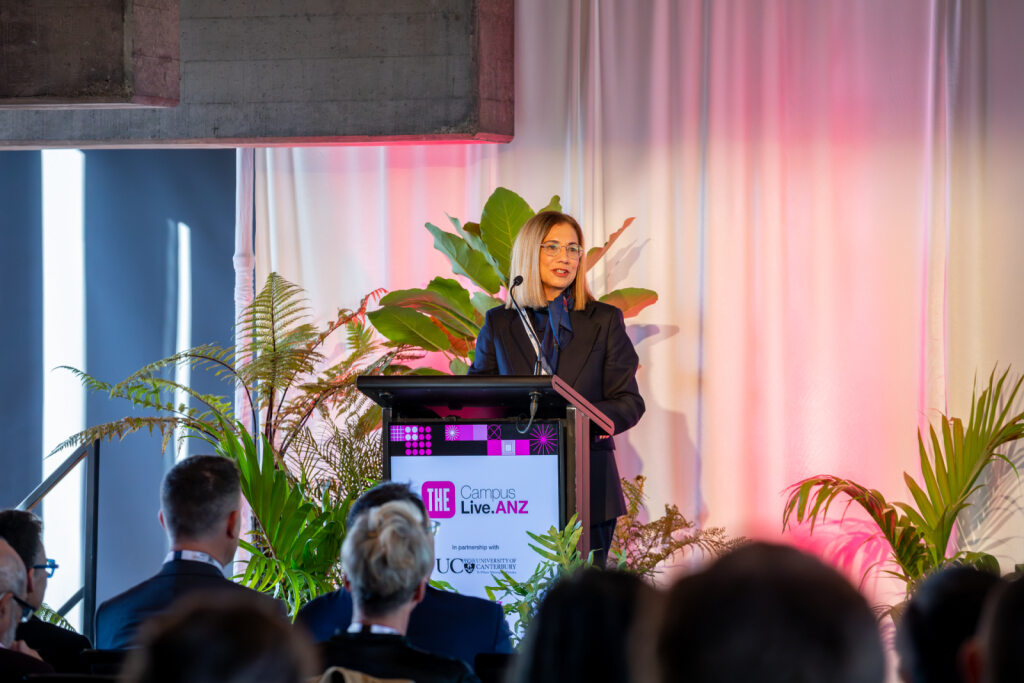
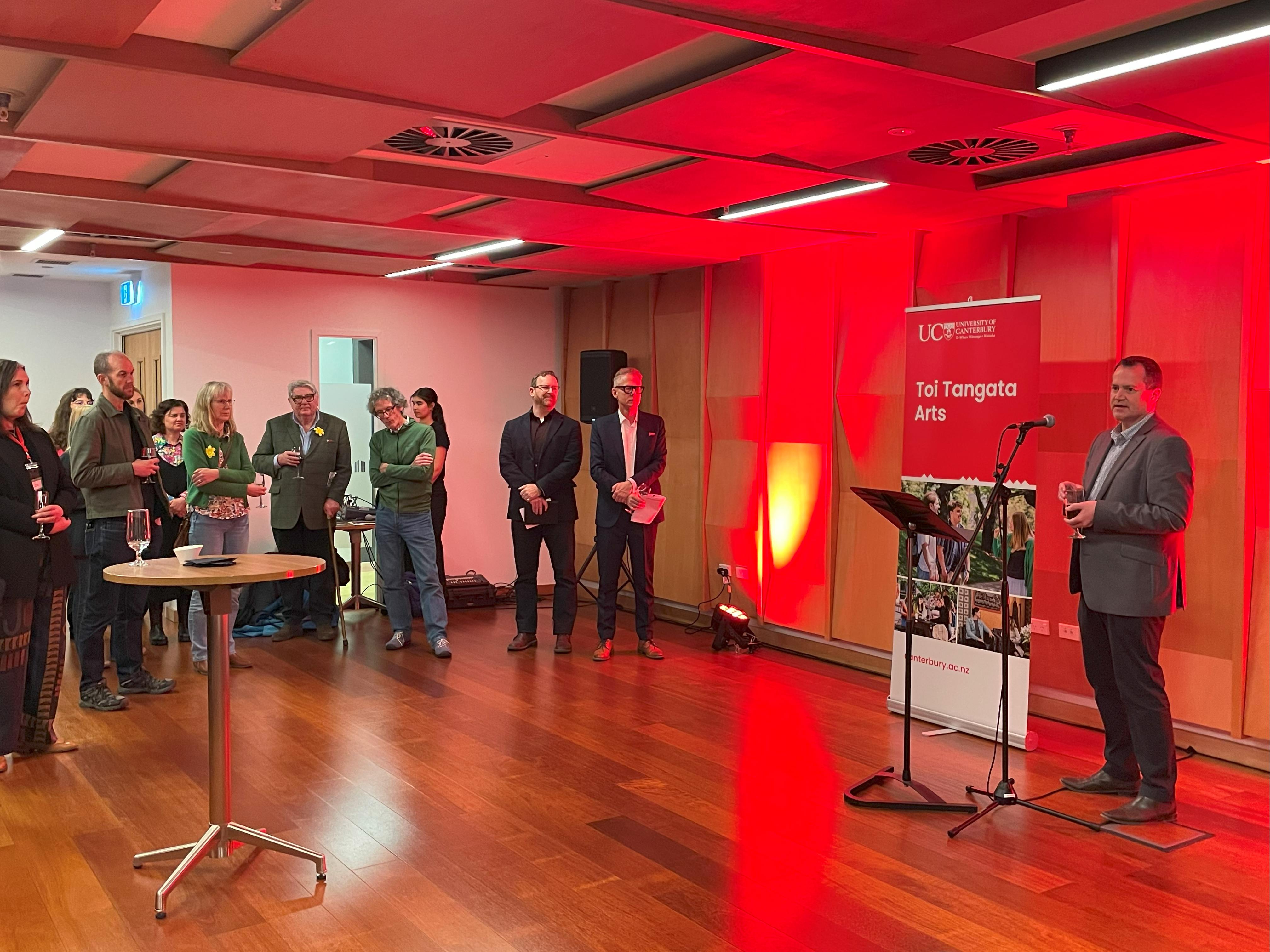
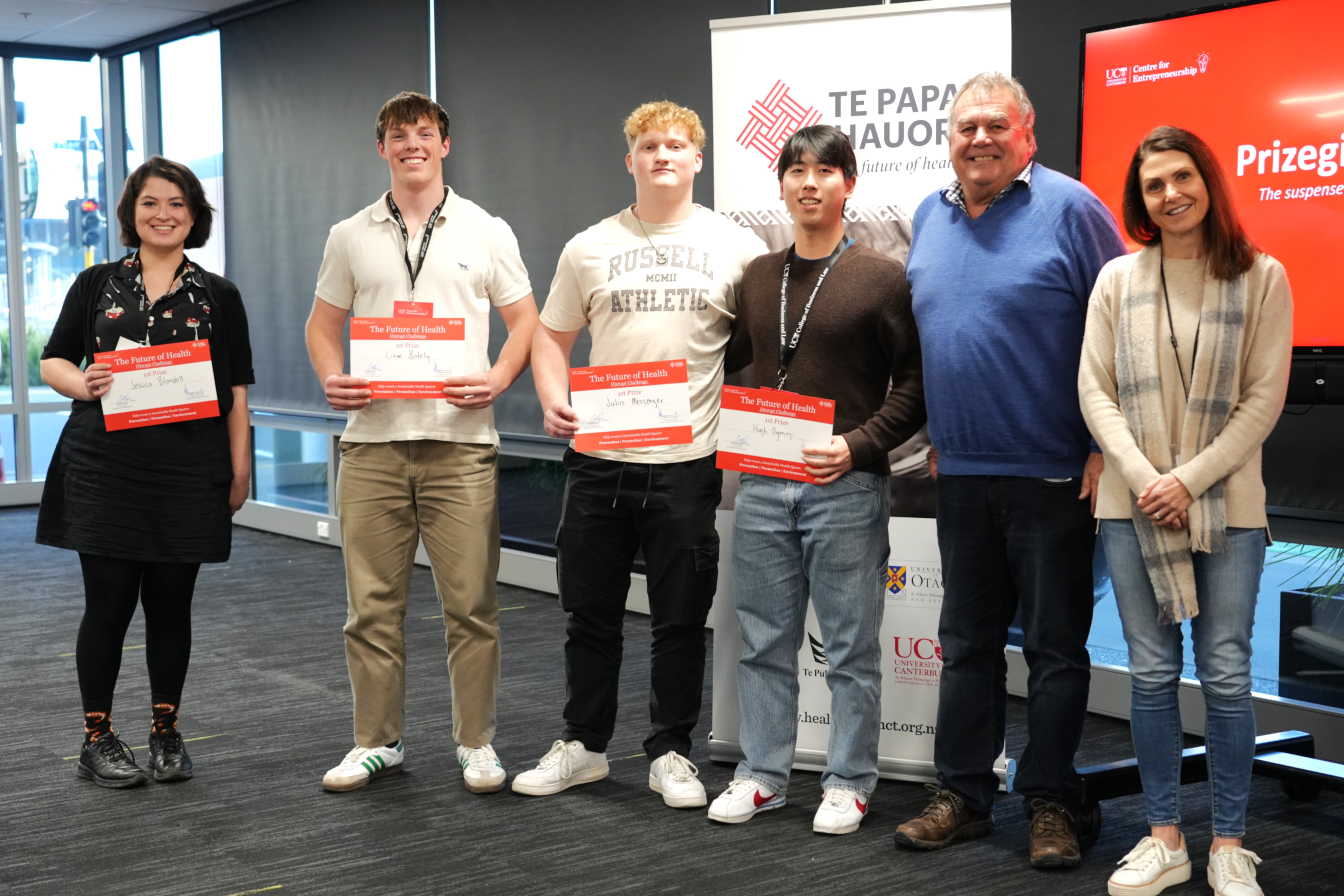
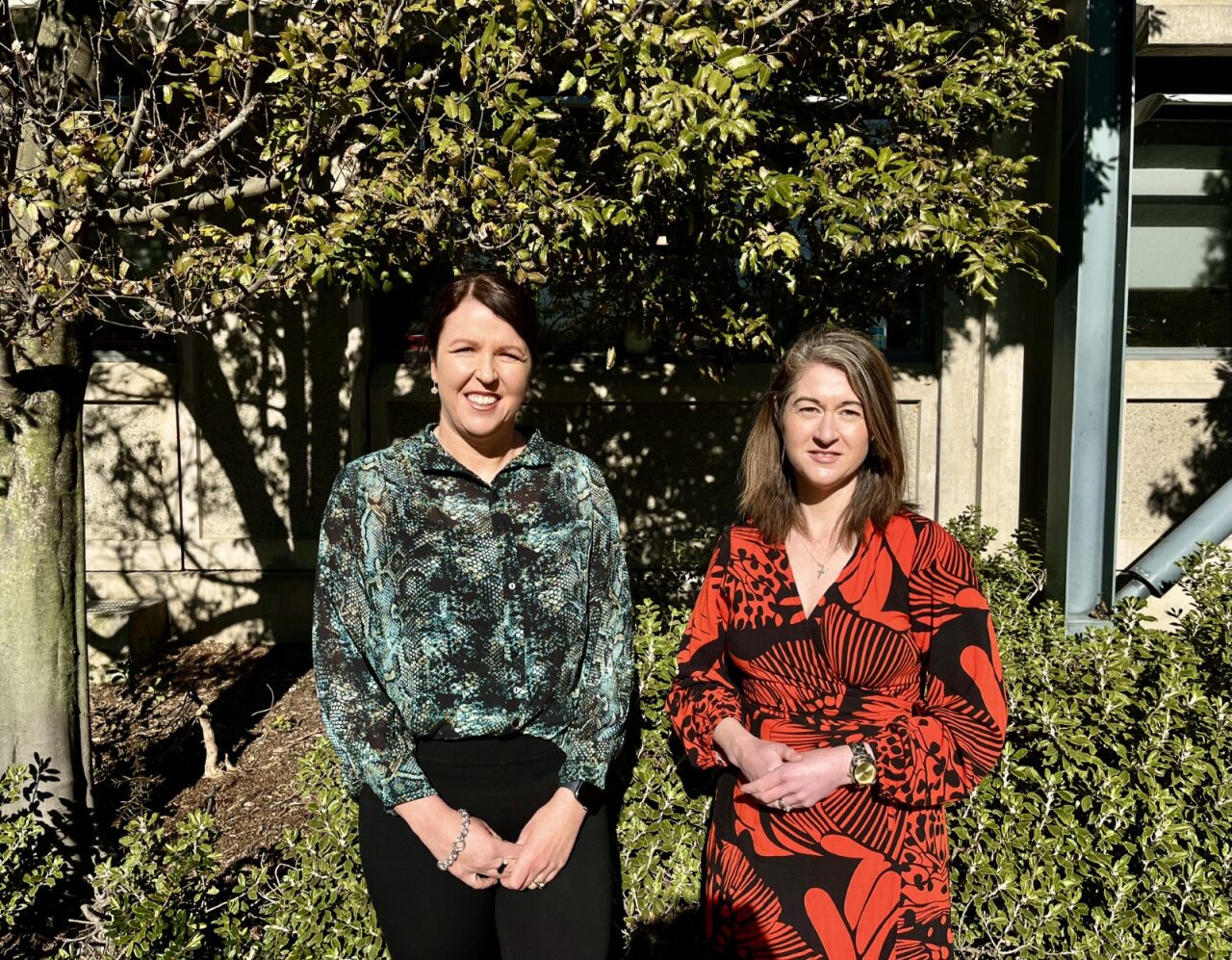
.jpeg)